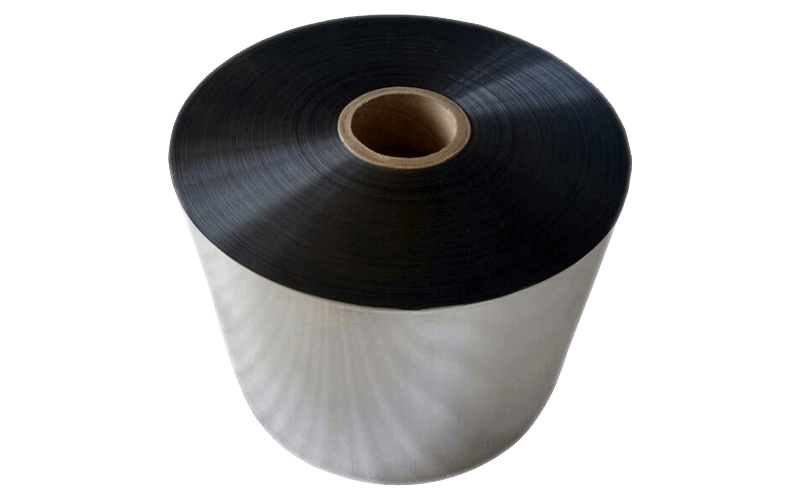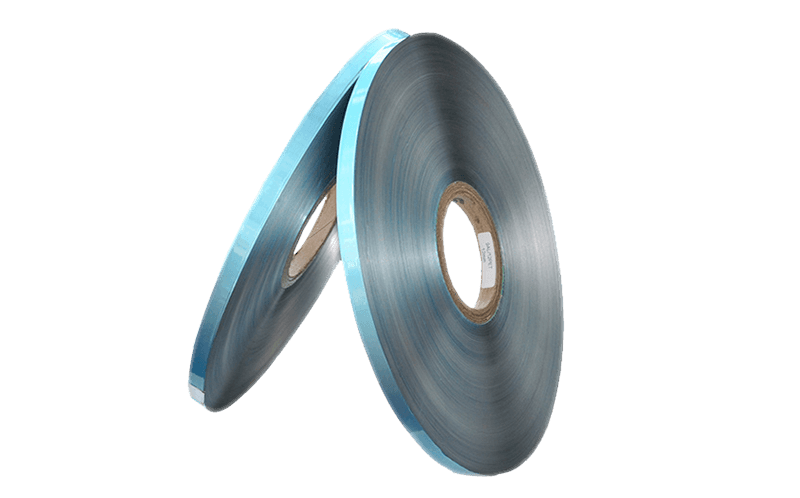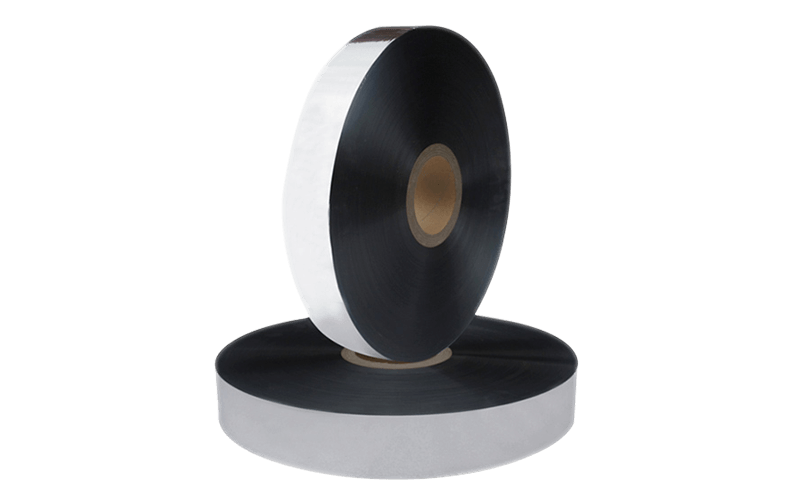Mylar is the trade name for a type of polymer film. The […]
Mylar is the trade name for a type of polymer film. The technical name for Mylar is polyethylene terephthalate, often abbreviated as "PET" or polyester. In a typical Mylar capacitor, a thin film of Mylar is coated on both sides with a thin film of evaporated aluminum to form a plate capacitor. The metal-PET-metal structure is then rolled up to form a compact cylinder (called a capacitor roll). Capacitor rolls can then be used singly or combined in series and parallel to for capacitors with higher capacitance or higher working voltage.China PET mylar manufactures
In a single rolled capacitor, zinc is then sprayed on the ends and wires soldered to the sprayed ends. The ends of the capacitor roll, and sometimes the entire roll itself, are often coated with a layer of epoxy to protect the capacitor from moisture. In larger high voltage or power capacitor, large numbers of identical capacitor rolls may be connected in series and/or parallel and the group then immersed in insulating oil and sealed inside a protective metal or plastic case.
Mylar is an excellent electrical insulating material, with a high breakdown voltage, very high DC resistance (i.e., low leakage current), and comparatively high dielectric constant (k = 3.2). Because of the higher dielectric constant, a Mylar capacitor is often physically smaller than capacitors made from other films such as polycarbonate or polypropylene. Mylar does have some disadvantages versus other polymer films. Mylar capacitors are limited to a maximum of 125° C, and Mylar's high AC dielectric losses may cause excessive heating and losses in radio frequency applications or high duty-cycle pulse applications. In these applications, polypropylene or ceramic capacitors are often used instead. Selecting the best type of capacitor for a specific application is often a very important decision for electrical designers.



